Cannabinoid THC Dominant
THC 20 - 24%
CBD 0.12 - 1.05%
Effect Talkative
Side Effect Slurred speech
Flavor Woody
Scarlet Fire Strain
THC
CBD
Potency
There is quite a bit of information available on the Scarlet Fire strain. His breeder is unknown. However, this Indica has a parental strain, Mango, which is already considered a classic. It was very popular in the 1960s.
Common Usage
Since this is an Indica, the high hits quickly and spreads throughout the body in a calm wave. However, this state quickly changes to happiness. It also helps to become more flexible and creative. Energy fills the mind, but there is no focus, giving way to chaotic thoughts. Besides, this strain is consumed in the morning, but it is unlikely to help you during the working day. The THC level averages 20%, but in some cases, it reaches 24%. This cannabis is absolutely not suitable for beginners, as its consumption can cause paranoia, slurred speech, and a rapid heart rate. Despite this, medicine uses Scarlet Fire for the following ailments:
- Phantom limb pain
- Pain
- Depression
- Bipolar disorder
- Muscle spasms
Flavors Info About Scarlet Fire
This cannabis is dominated by terpenes:
- Caryophyllene
- Ocimene
- Sabinene
- Cedrene
The aroma is very pleasant, reminiscent of a mixture of herbs and coffee. However, when burned, it gives off other scents:
- Sweet
- Woody
- Mango
Grow Tips
This plant is quite small, up to 30 inches, so it is suitable for confined spaces. Also, its flowering time ranges from 58 to 65 days. Breeders can increase yields when grown outdoors.
Side Effects
Simply let us know how this strain tastes or write a detailed review.
Scarlet Fire Strain Cannabinoids
| THC | Tetrahydrocannabinol, or THC, is a major cannabis chemical compound. It is a psychoactive element that stimulates dopamine release and induces euphoria or happiness. THC-rich strains may be helpful with such conditions as lack of appetite, chronic pains , etc. It is considered to be the primary active marijuana component. | 20 - 24% |
| CBD | Cannabidiol, or CBD, is a major compound in cannabis, which is non-psychoactive. It is also proved to counteract the side effects of the second major component THC. CBD is widely used for medicinal purposes in rubs, oils and so on. It is helpful in muscle pain cases, may treat arthritis and migraines. Even Greeks used it against pain, while Queen Victoria applied it to get rid of menstrual cramps. | 0.12 - 1.05% |
| CBC | Cannabichromene, or CBC, is a minor cannabinoid, meaning that its quantity in cannabis is quite little. Though it has the same origin as CBD and THC, it is different in functions. Without any psychoactive effects, it is an efficient cannabis compound in combating acne and depression. CBC produces analgesic, antibacterial and anti-inflammatory effects. | 0.19 - 0.51% |
| CBG | Cannabigerol, or CBG, is one of the minor cannabis compounds in adult plants. On the other hand, young ones contain a lot of this antibacterial and anti-inflammatory component. During the growth, CBG is converted into different cannabinoids, mostly THC and CBD. The compound itself increases appetite and decreases eye pressure. | 0.11 - 1.29% |
| CBN | Cannabinol, or CBN, is a trace element in cannabis that is considered to be mildly psychoactive. It appears from oxidation THC, exposed to light and heat. CBN is mostly contained in old cannabis and in traditional hashish. It is effective against insomnia, bacterial infections and appetite loss. | 0.08 - 0.29% |
| THCV | Tetrahydrocannabivarin, or THC-V, is a compound contained in cannabis in trace amounts. Even though it is close to THC molecularly, it is different in effects. This compound may be psychoactive only in large amounts. THC-V reduces blood sugar, controls appetite, stimulates bone growth, etc. African Sativa strains are the richest in THC-V. | 0.41 - 0.6% |
Scarlet Fire Terpene Profile
| Ocimene | Ocimene (derived from the Ancient Greek word Ocimum meaning basil) is a terpene with sweet and herbaceous flavors, also boasting citrusy and woody undertones. Naturally, ocimene occurs in mint, parsley, orchids, hops, kumquats, mangoes, basil, bergamot, lavender, and pepper. Offers antifungal, anti-inflammatory, and antiviral properties. | 0.29% |
| Sabinene | Sabinene is a terpene with a peppery, spicy, citrusy, and piney aroma, presented in Norway spruce, Holm oak trees, black pepper, cardamom, and carrot seeds. Found in cannabis in small quantities. Allegedly, sabinene has anti-inflammatory and antimicrobial properties. | 0.42% |
| Caryophyllene | Caryophyllene (also known as beta or b caryophyllene) is a terpene found in many herbs and spices, such as black pepper, basil, rosemary, and oregano. Cannabis high in caryophyllene delivers a strong spicy, peppery aroma, resembling cinnamon and cloves. Caryophyllene offers potent anti-inflammatory and sedative effects. | 0.29% |
| Total terpenes content | 1.00% |
Growing Info
Scarlet Fire strain lineage
Similar Strains
THC 22.75 - 25.5%
CBD 0.34 - 0.74%
Effect Sleepy
Flavor Diesel
THC 15.5 - 23.5%
CBD 0.47 - 1.43%
Effect Sleepy
Flavor Lime
THC 17.67 - 22.5%
CBD 0.16 - 0.52%
Effect Relaxed
Flavor Vanilla
THC 13.04 - 15.97%
CBD 0.02 - 0.29%
Effect Uplifted
Flavor Tropical
THC 18.67 - 20.67%
CBD 0.57 - 0.92%
Effect Sedated
Flavor Mango
THC 12 - 14%
CBD 0.02 - 0.29%
Effect Focused
Flavor Diesel
THC 18.4 - 20.8%
CBD 0.24 - 0.53%
Effect Sleepy
Flavor Skunk
THC 17.33 - 20.67%
CBD 0.75 - 0.87%
Effect Uplifted
Flavor Spicyherbal
THC 9 - 13.5%
CBD 0.07 - 0.44%
Effect Giggly
Flavor Berry
THC 10.5 - 12%
CBD 0.02 - 0.44%
Effect Talkative
Flavor Honey
THC 11.5 - 18%
CBD 0.05 - 0.69%
Effect Calm
Flavor Strawberry
THC 17.5 - 23%
CBD 0.4 - 0.76%
Effect Aroused
Flavor Plum
THC 25.33 - 29%
CBD 0.42 - 0.75%
Effect Uplifted
Flavor Spicyherbal
THC 10.25 - 13%
CBD 0.08 - 0.62%
Effect Calm
Flavor Tobacco
THC 18 - 22%
CBD 0.15 - 0.71%
Effect Sleepy
Flavor Plum
THC 17 - 19.67%
CBD 0.54 - 1%
Effect Tingly
Flavor Spicyherbal
THC 17.67 - 19.5%
CBD 0.38 - 0.7%
Effect Euphoric
Flavor Spicyherbal
THC 19 - 22.5%
CBD 0.16 - 0.95%
Effect Sleepy
Flavor Lime

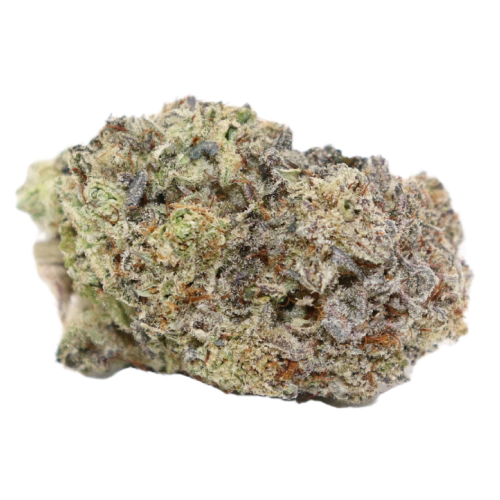
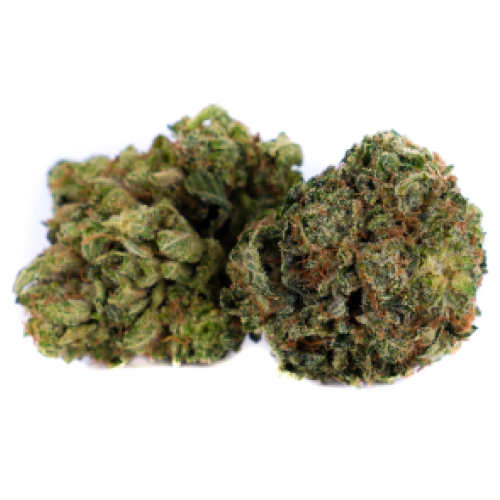

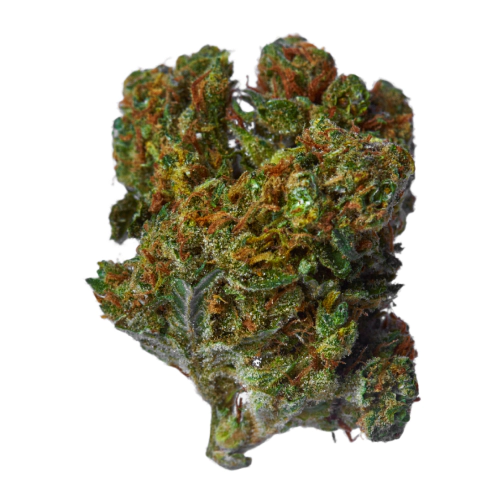
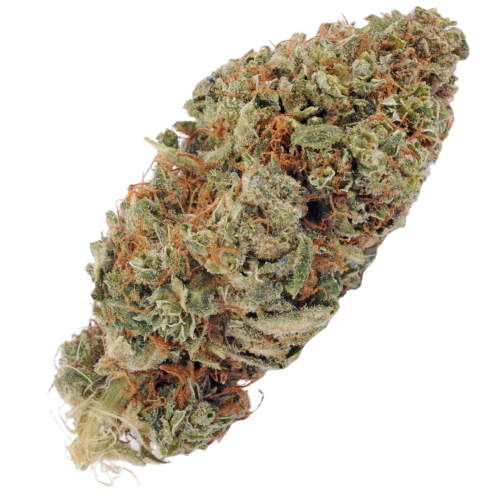
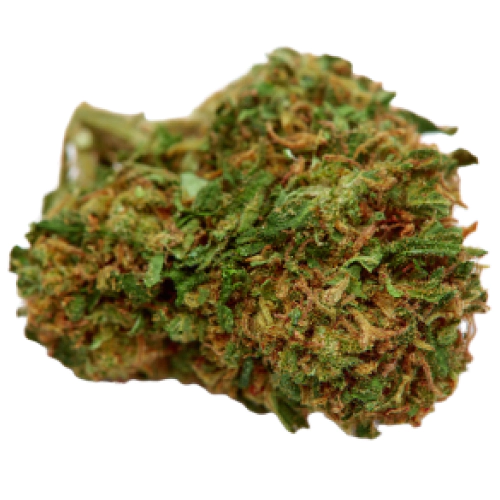
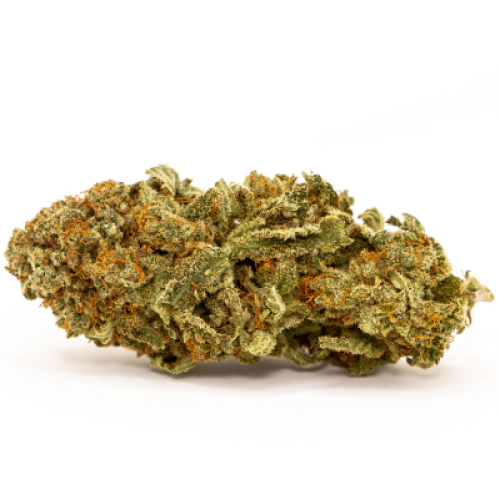


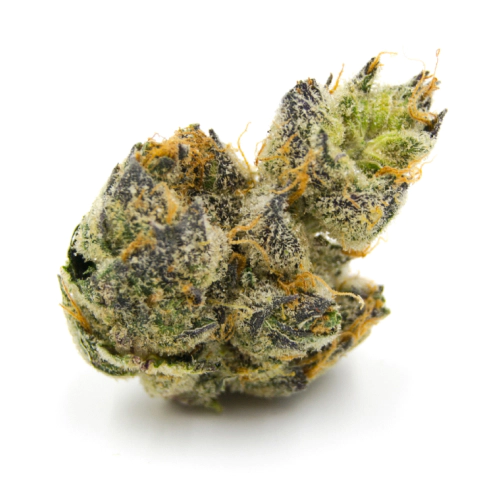
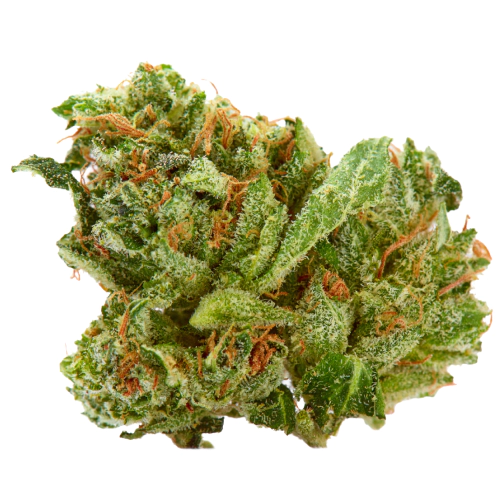
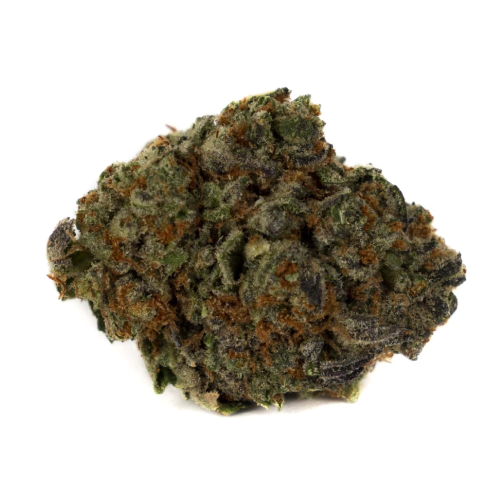
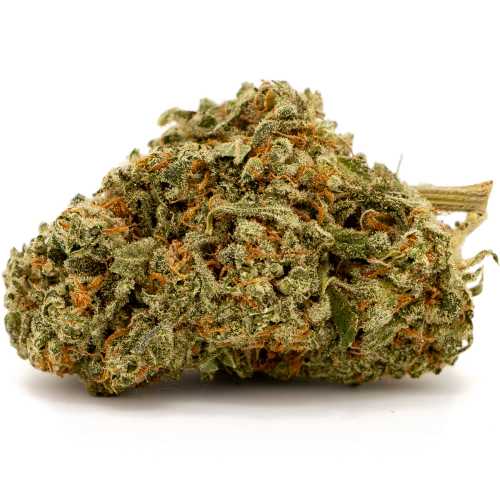
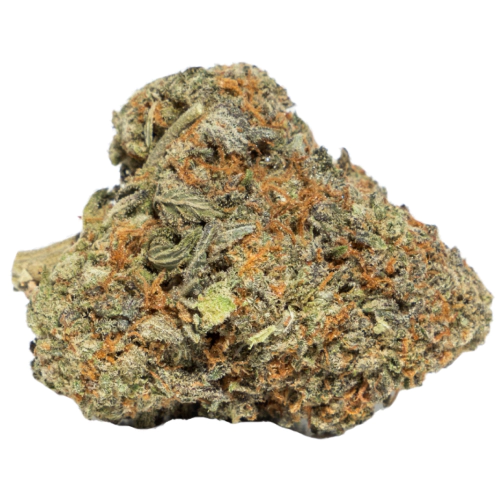

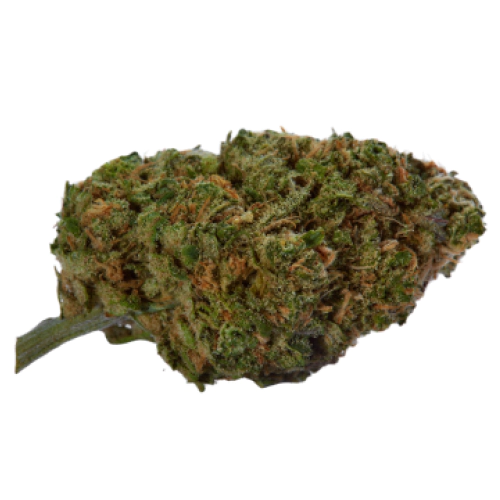
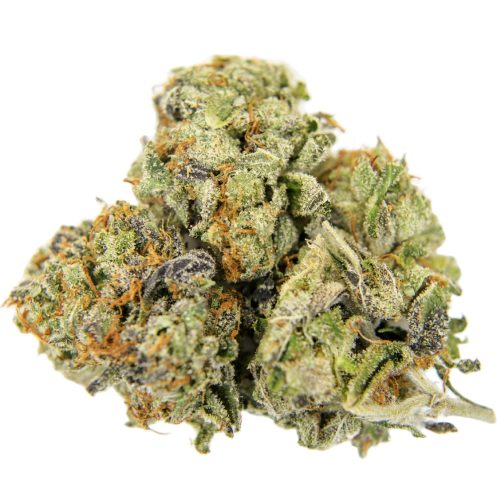
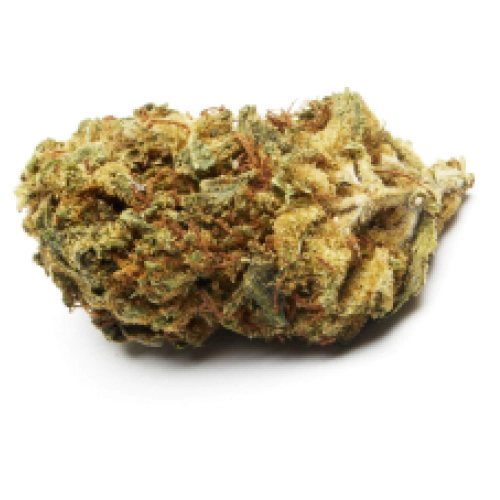
Be the first and share your opinion
Write a Review